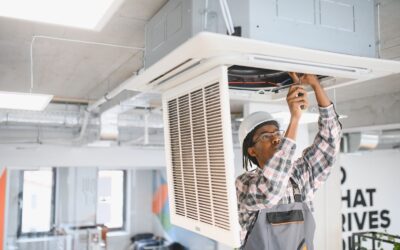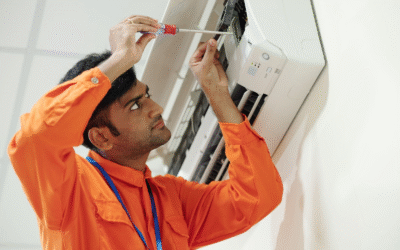How HVAC Installation Can Improve Comfort and Energy Efficiency
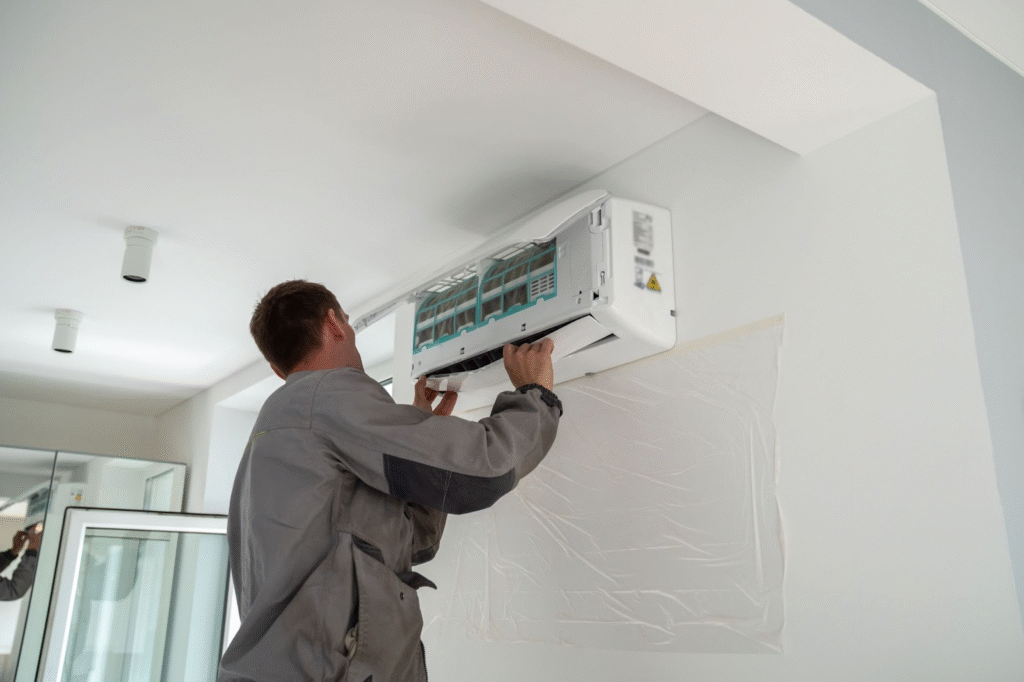
Indoor comfort isn’t a luxury but a basic requirement for every property owner. Whether you manage rental units or live in a family home, how your space feels impacts health, focus, and daily satisfaction. Many people endure fluctuating temperatures and high energy bills for far too long. These are often symptoms of aging or poorly installed HVAC systems.
What HVAC Installation Entails
Modern HVAC installation goes far beyond placing a unit and flipping a switch. It’s a strategic process that blends system design, building science, and long-term efficiency planning. Every property has different needs, so a one-size-fits-all approach doesn’t work. A professional installation aligns comfort goals with energy performance from the ground up.
It Starts With a Full Property Assessment
A proper HVAC installation begins with understanding how your property behaves. Technicians evaluate insulation, window exposure, square footage, and airflow patterns. These factors influence which system will deliver the best performance. Skipping this step can result in energy waste and uneven comfort. The goal is to match the system to the structure, not force a fit. This personalized approach leads to better results right away.
System Selection Isn’t Just About Brand or Size
Many property owners believe that larger systems provide better comfort. In reality, oversizing causes shorter cycles, temperature fluctuations, and increased wear. A well-chosen system considers layout, zone needs, and energy goals—not just square footage. Installers help balance output with usage patterns and daily demand. The result is smoother operation and lower utility costs. You don’t just want more power; you want the right kind.
Installation Affects How the System Performs for Years
The quality of the install often determines the quality of the system itself. If ductwork leaks or isn’t sized correctly, even premium units underperform. Improper refrigerant charging, poor sealing, and misaligned thermostats lead to avoidable problems. Technicians who follow updated codes and manufacturer specs deliver better outcomes. You get more value, fewer repairs, and stable performance year after year. It’s the part of HVAC most people never see but always feel.
How Proper HVAC Installation Impacts Daily Living
Choosing the right HVAC system is only part of the equation. How that system gets installed affects everything from how your home feels to how much you spend each month. Comfort, air quality, and efficiency depend on precise planning and execution. That’s why installation quality should never be treated as an afterthought.
A Smart Setup Improves Indoor Comfort
Modern HVAC installation improves temperature control, humidity balance, and indoor air quality. These upgrades make daily living more enjoyable while reducing long-term stress on your system. It’s about building a space that feels calm and stable year-round. Property owners benefit from fewer complaints and more satisfied tenants or family members.
Stable Room Temperatures
Temperature swings between rooms are frustrating and unnecessary. A quality HVAC installation addresses this issue by utilizing zoning systems, smart thermostats, and upgraded ductwork. Zoning allows for individual temperature control in different rooms. Smart thermostats learn your patterns and adjust automatically throughout the day. Efficient duct layouts ensure conditioned air reaches every corner evenly. This results in balanced, consistent temperatures without overworking the system.
Effective Moisture Control and Humidity Balance
Unbalanced humidity makes any indoor space feel uncomfortable. High moisture makes rooms feel sticky and can lead to mold growth. Too little moisture leads to dry skin, itchy eyes, and static buildup. During HVAC installation, professionals can integrate humidifiers or dehumidifiers directly into your heating, ventilation, and air conditioning (HVAC) system. These additions automatically regulate indoor moisture based on real-time conditions. Balanced humidity protects both your comfort and the structural integrity of your property.
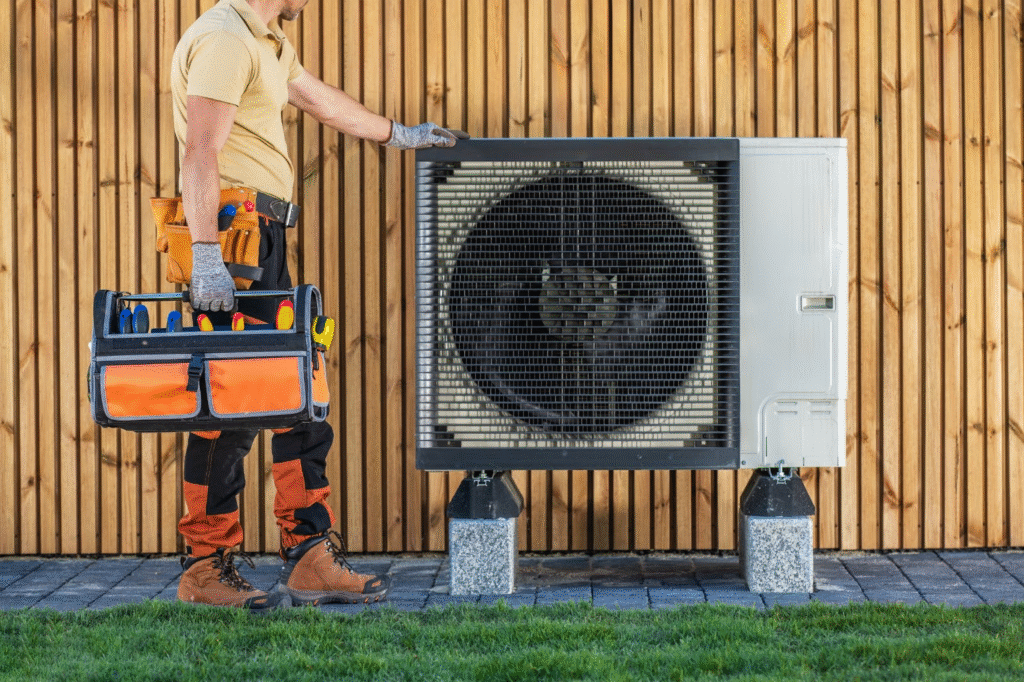
Improved Air Quality
Clean indoor air is vital, especially for children, older adults, and those with respiratory conditions. HVAC installations today can include high-efficiency filters, air purifiers, or UV sanitizers. These additions remove allergens, dust, bacteria, and volatile organic compounds (VOCs). Proper ventilation design helps remove stale air and introduce fresh air without sacrificing efficiency. Clean air improves sleep, reduces allergy symptoms, and increases productivity. It’s one of the smart HVAC setups with the most overlooked yet powerful benefits.
Energy Savings Start With a Better HVAC Design
HVAC installation is an investment that pays off through energy savings. Outdated systems often run longer and harder to keep up, draining power and increasing wear. A properly sized and installed HVAC system consumes less energy and performs better throughout the year.
Accurate Sizing Prevents Energy Waste and Overload
Size matters when it comes to HVAC performance. A system that is too large has short cycles and wastes energy, while a small unit overworks itself and struggles to maintain the set temperature. HVAC professionals conduct load calculations during installation to match the system to your space. This approach considers square footage, insulation, climate zone, and building materials. The result is efficient, reliable performance without energy loss or system strain.
Smart Thermostats Lower Monthly Utility Bills
Smart thermostats provide property owners with greater control over indoor comfort and energy usage. These devices allow scheduling based on occupancy, weather, and routines. You can manage settings remotely using a phone or tablet. Many systems offer usage analytics to help you identify and fix energy waste. Some even integrate with voice assistants like Alexa or Google Home. Together, these features help reduce monthly heating and cooling costs without extra effort.
Duct Sealing and Layout Design Improves Efficiency
Poor duct design can quietly sabotage even the best HVAC units. Leaky or uninsulated ducts lose air before they reach living spaces. During installation, professionals evaluate and redesign ductwork for optimal airflow. Sealing and insulating ducts reduces pressure loss and boosts efficiency. It ensures the entire system works together rather than against itself. The difference shows up quickly on your energy bill.
Variable-Speed Units Run Smarter and Cheaper
Older systems tend to operate at full power or not at all. This all-or-nothing approach is loud, inefficient, and outdated. New HVAC systems with variable-speed motors adjust airflow based on current needs. They use less power during milder conditions while still keeping the space comfortable. This technology enables quieter performance and reduced electricity usage. It also extends system lifespan since it avoids unnecessary strain.
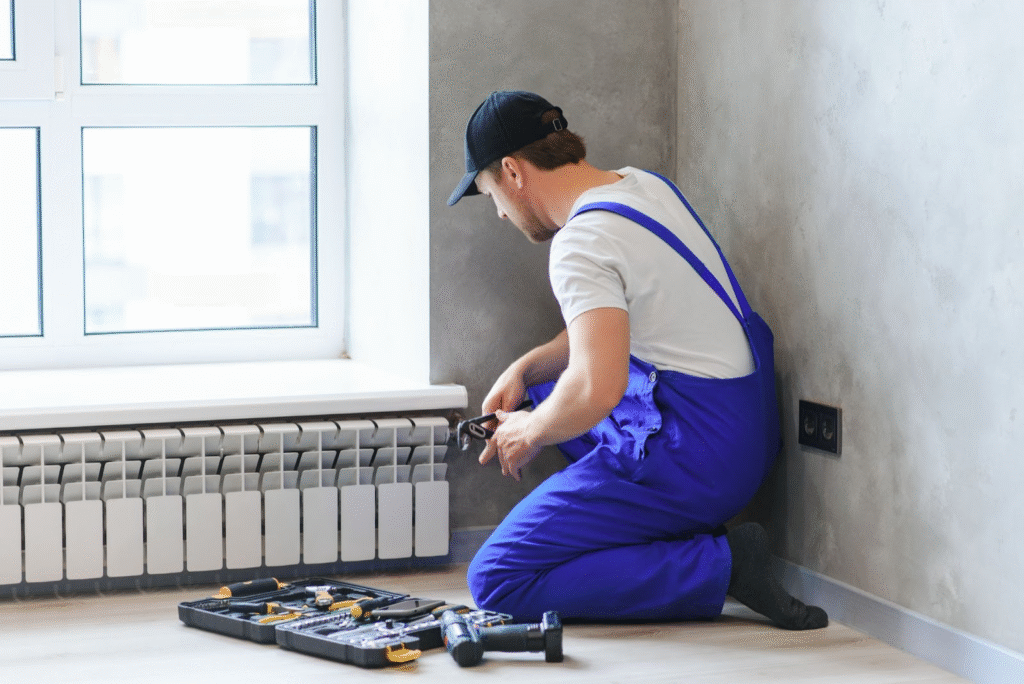
System Upgrades Boost Value and Daily Comfort
HVAC systems have become a top feature in real estate evaluations. Buyers and tenants care about efficient climate control and long-term utility costs. A new installation boosts comfort and raises your property’s market potential. Additionally, it protects other elements of your building from moisture and airflow damage.
New HVAC Systems Attract Better Offers
Real estate trends in 2024 show buyers expect modern heating and cooling. Outdated systems can delay offers or lower appraisals. An upgraded HVAC installation improves home efficiency ratings and energy labels. These credentials appeal to eco-conscious buyers or renters looking to save. Property listings that mention new HVAC often see more interest. It’s a practical improvement with marketing power.
Fewer Repairs and Emergencies Save Money
A new HVAC system reduces the need for frequent service calls. Older systems often break down during weather extremes. That’s when technician demand spikes and repair costs rise. A fresh installation includes new components, tighter seals, and cleaner operation. These upgrades mean fewer surprise issues and lower ongoing expenses. Over time, you’ll notice more savings and fewer hassles.
Efficient Systems Support Local Energy Grids
Energy-efficient homes ease demand on the power grid. That is especially important during extreme heat or cold. New HVAC systems use less electricity and reduce peak usage spikes. Some regions offer rebates for efficient installations, lowering upfront costs. Supporting your local grid also improves community stability. Innovative installations help everyone save, not just individual properties.
Choosing the Right HVAC Installation for Your Property
Not every HVAC solution fits every building. Residential homes, multifamily rentals, and commercial spaces all have different needs. A well-matched installation takes those differences into account. The goal is to provide lasting performance without unnecessary upgrades or underperformance.
Match System Size to Property Type and Use
Homes and buildings come in all shapes and layouts. A system that works well in a one-story home may not support a multi-level rental property. HVAC professionals measure the space, ceiling height, window placement, and how often rooms are used. This leads to a customized system that delivers comfort without waste. Larger spaces may need zoning and multi-unit systems to ensure coverage. Personalized HVAC installation supports comfort and energy savings from the start.
Certified Technicians Make or Break the Installation
Your HVAC system is only as good as the team that installs it. Licensed professionals follow local building codes, perform accurate measurements, and ensure safety. Poor installation leads to leaks, short cycling, or costly repairs. Certified technicians also provide system documentation and warranty support. This approach protects your investment and offers peace of mind. Always choose reputable providers with verified credentials and local experience.
Build a Long-Term HVAC Maintenance Plan
Even the best HVAC installation needs routine checkups. Scheduled maintenance keeps filters clean, motors running, and refrigerant levels balanced. Some providers offer annual service agreements with seasonal inspections. These plans can catch problems early and prevent system breakdowns. Ongoing maintenance also helps preserve warranties and ensures consistent performance. Treating HVAC maintenance like oil changes for a car keeps everything running smoothly.
System Placement Impacts Noise and Efficiency
Where you place your HVAC system matters. Installing outdoor units near bedrooms or shared walls can create unwanted noise. Indoors, improper placement can reduce airflow or block maintenance access. Technicians plan around these issues during installation. They assess airflow paths, wall insulation, and nearby activity. A good layout improves both user experience and energy performance.
Upgrade Your HVAC Installation Before it Costs More
Waiting for problems to surface only adds stress and expense. A smart HVAC installation gives you control over comfort, cost, and quality of life. Every season you delay, you spend more and get less in return. Prioritize your space now—your property, energy bills, and peace of mind will thank you.
The difference between average and efficient starts with what you know. Visit the Cooling & Heating Repair blog to get ahead of your system.
Categories
- AC installation
- AC Installer
- AC Repair
- AC Repair/Heater Repair
- AC System Maintenance
- Air Conditioning Repair
- Air Conditioning Services
- Appliance Repair
- Furnace Repair
- Heater Repair
- Heater Repair Services
- Heating Services
- HVAC
- HVAC and Appliance Repair Services
- HVAC Installation
- HVAC Services
- Promotion
- Thermostat installation
- Uncategorized
